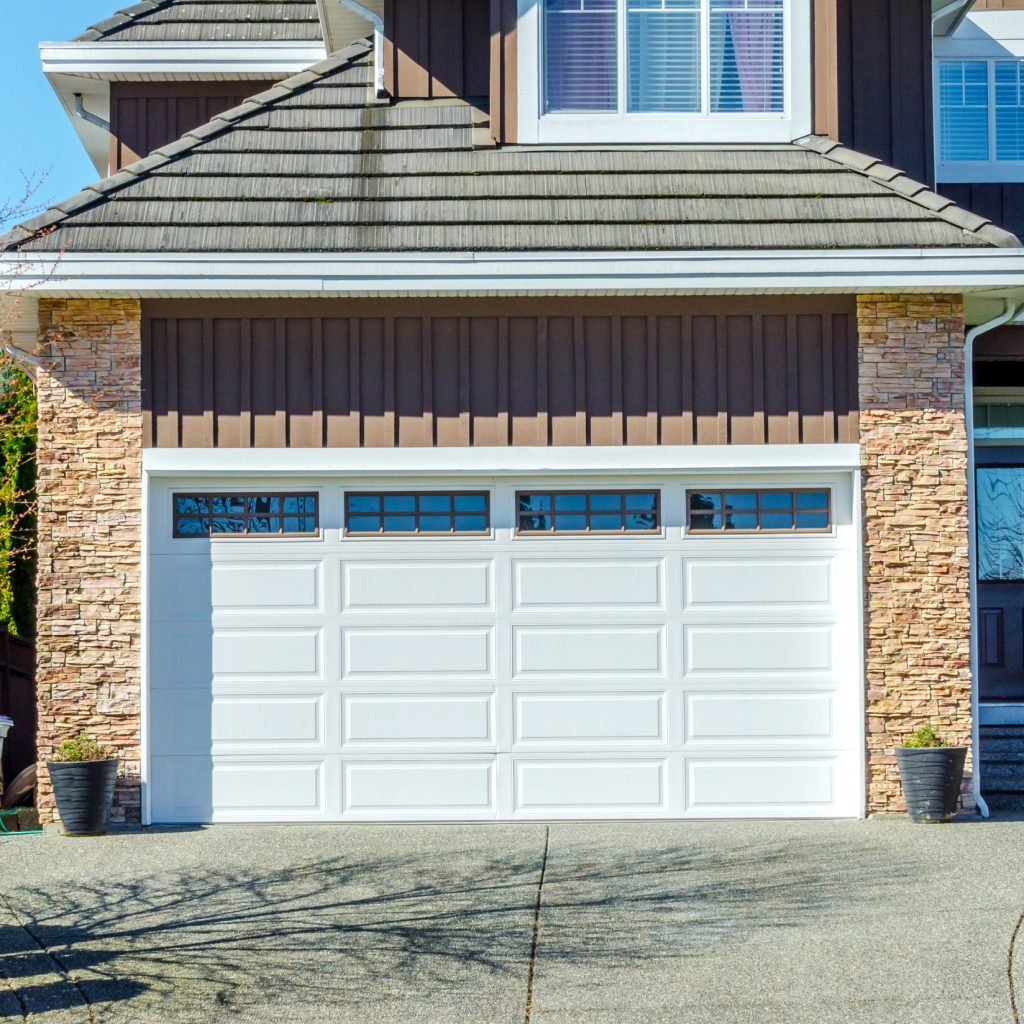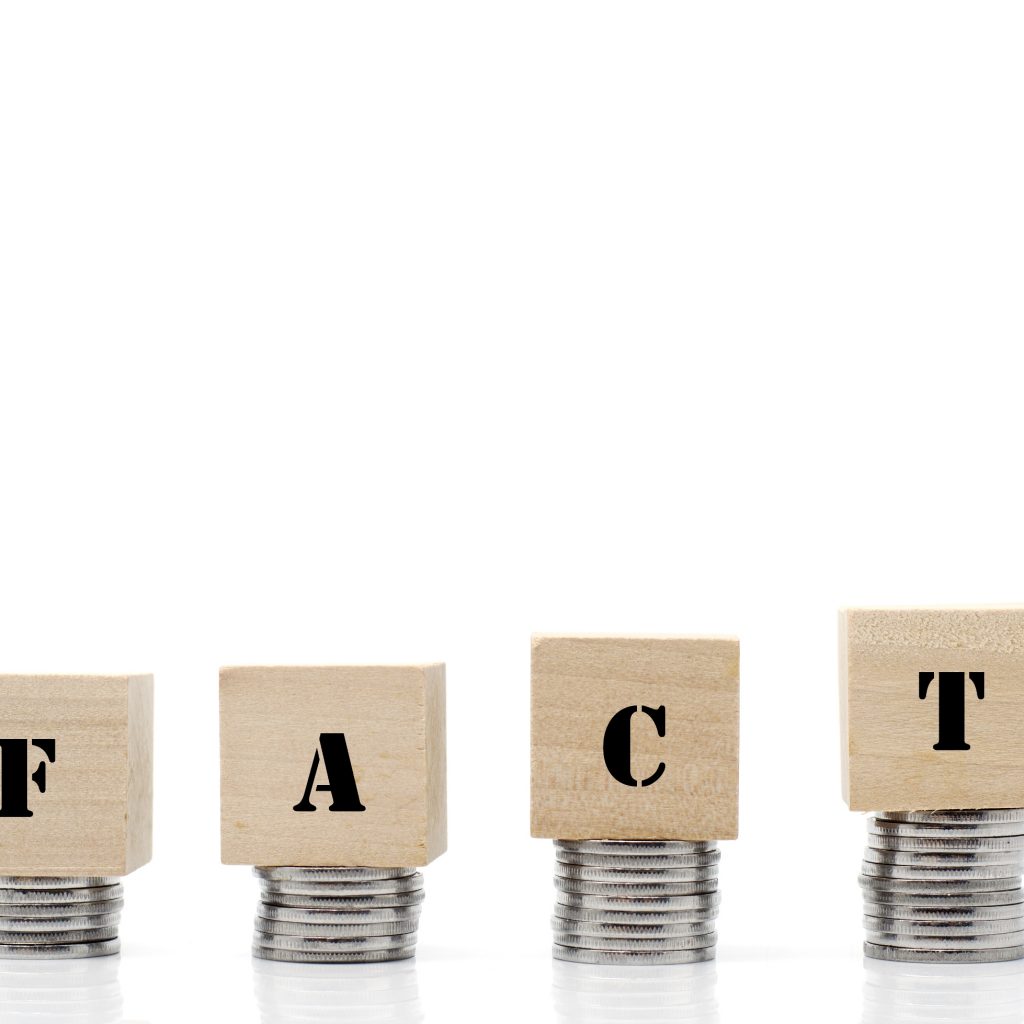
The 2007-2008 mortgage crisis is one component of the 2008 financial crisis that contributed to the Great Recession. This was the worst economic disaster since the Great Depression of 1929.
What Caused the Mortgage Crisis?
Historically, potential homebuyers could only be approved for a mortgage if they had average credit and supplied large down payments. However, for several years beginning in the early 2000s, lenders began repackaging these mortgages, including high-risk mortgages, and selling them to investors. This investment product was known as private-label mortgage-backed securities or PMBS.
With more people getting mortgages, homeownership rose. This led to more demand than supply of homes for sale and the subsequent inflation of home prices.
Unfortunately, high-risk mortgage borrowers could not make their loan payments. After some time, it became apparent that these PMBS were high-risk and not sustainable long-term.
Mortgage loss rates began rising, and subprime mortgage lenders began filing for bankruptcy. The drastic demand for housing fell as lenders stopped approving subprime loans. As a result, the sharp drop in demand led to sliding house prices. Troubled borrowers could no longer sell their homes to pay off their mortgages.
Foreclosures increased, which fueled the number of homes being sold in a weakened real estate market. At the same time, other troubled borrowers tried to short sell their property to avoid foreclosure.
Effects of the Mortgage Crisis
This mortgage crisis devastated the economy. By the third quarter of 2008, the economy shrank 0.3 percent.
As more homeowners struggled to make ends meet and avoid foreclosure, consumer spending dropped. Financial firms went bankrupt and were not able to lend. Additionally, Fannie Mae and Freddie Mac, government-backed companies that insured mortgages, went bankrupt.
The mortgage crisis led to the Great Recession, where housing prices fell 31.8 percent, and unemployment skyrocketed.
Today, after several government bailouts and the implementation of new federal policies, the economy has finally begun to recover. The direct and indirect effects of the housing crisis are still felt today. At the foremost, it has changed the way home loans are processed and approved.


